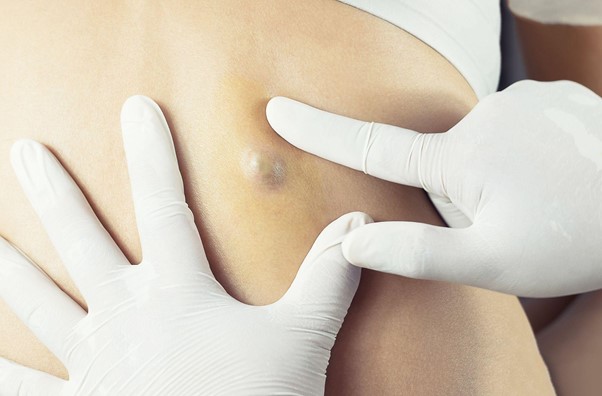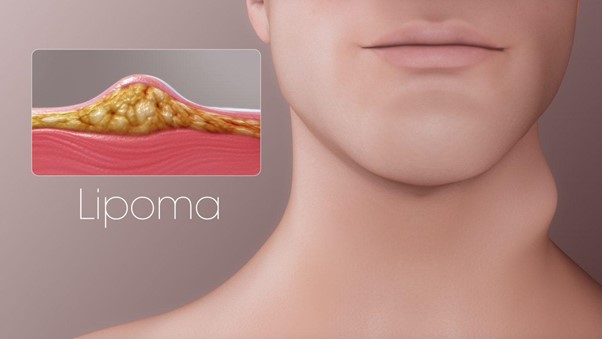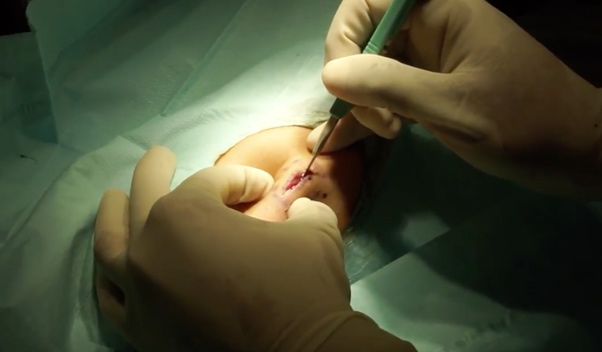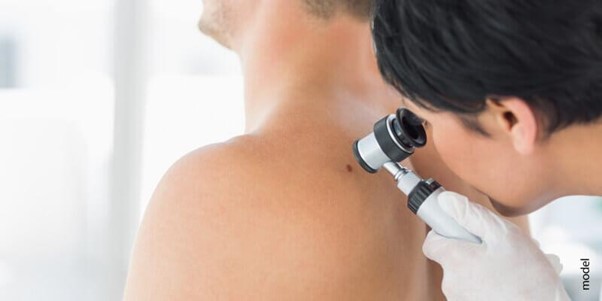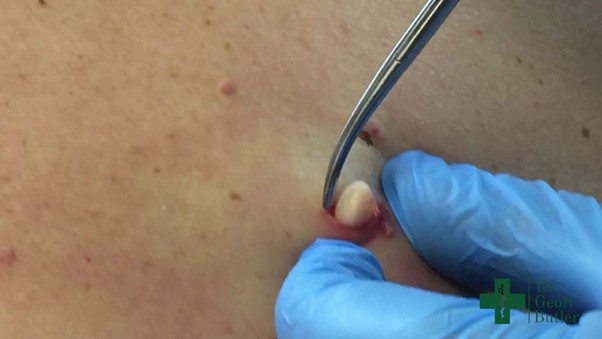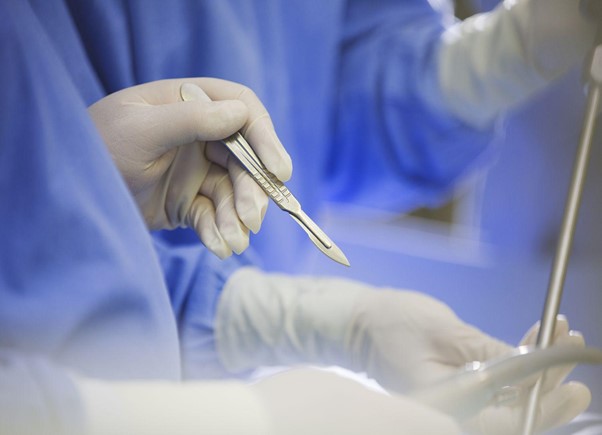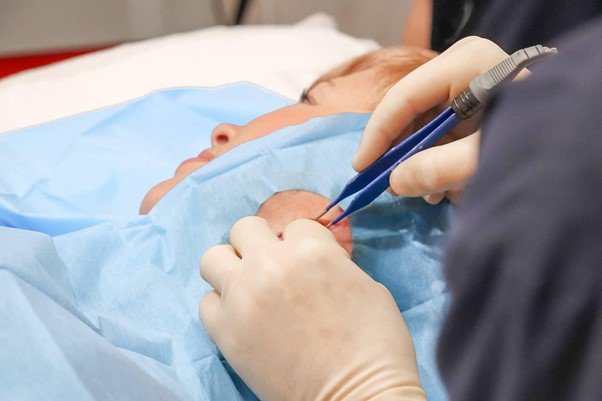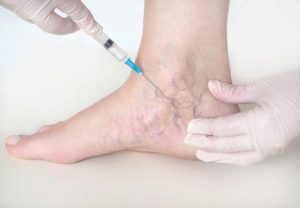What to Consider When Choosing a Plastic Surgeon in Singapore

With an increasing number of people wanting to go under the knife to improve their appearance, it’s no surprise that the demand for plastic surgery is on the rise.
While there are many qualified and experienced surgeons out there, not all of them are created equal. So, how do you know which plastic surgeon is right for you?
Here are some things you should consider when making your decision.
What Do Top Singapore Plastic Surgeons Do?
To determine which plastic surgeon is right for you, it is first important to understand what plastic surgeons do and how they differ from other types of surgeons.
Plastic surgeons are experts in the field of plastic surgery, which is a highly specialized subset of medical procedures aimed at improving or restoring appearance through techniques such as:
- liposuction,
- tummy tucks
- skin surgery,
- breast augmentation
- breast reconstruction, etc.
Unlike general surgeons or other physicians who focus on treating disease and injury, plastic surgeons have a specific set of training and specialized skill sets that allow them to deliver exceptional results for their patients.
Ultimately, by taking these factors into account, you can come one step closer to achieving your aesthetic goals and feeling confident in your skin.
When thinking about plastic surgery, it’s important to understand exactly what plastic surgeons do. On the surface, plastic surgeons perform a range of cosmetic procedures, such as liposuction, facelifts, and breast augmentations.
However, plastic surgeons are also experts in reconstructive surgery.
This means that they help people who have been injured or disfigured by accidents or diseases to rebuild their appearance and reclaim their sense of confidence and self-esteem.
While plastic surgeons have many different specializations depending on their areas of interest or expertise, all share a commitment to providing patients with the highest level of care and support throughout the surgical process.
With the rise of cosmetic surgery in recent years, choosing the best female plastic surgeon is essential for achieving the best possible outcome.
Consider your individual needs and preferences as well as the plastic surgeon’s qualifications and experience in your particular procedure.
Ultimately, taking the time to do some research will enable you to make an informed decision that will benefit both your body and mind.
Professional Qualities to Look For When Choosing Your Surgeon
Accreditation
The first thing you should consider when choosing a plastic surgeon is whether or not they are accredited. In Singapore, the only body that accredits plastic surgeons is the Singapore Medical Council.
You can check the SMC website to see if your surgeon is listed as an accredited plastic surgeon.
Experience
Another important consideration is your surgeon’s experience. You want to make sure that they have performed the specific procedure that you are interested in many times before and that they are comfortable with it.
You can ask your surgeon how many times they have performed the procedure and also ask to see before and after photos of their previous patients.
In terms of experience, you’ll want to choose a surgeon who has performed the procedure you’re interested in many times before. Ask them how often they perform the procedure and how many patients they’ve treated.
Also, be sure to ask for before and after photos of previous patients. This will give you an idea of the surgeon’s skills and what kind of results you can expect.
Comfort Level

It is also important that you feel comfortable with your surgeon. You need to be able to trust them and feel confident in their abilities.
Make sure to ask any questions you have about the procedure and your surgeon’s experience during your consultation. After all, you’ll be entrusting them with your appearance.
So take some time to get to know them during your consultation. See if they’re someone you can trust and feel comfortable talking to about your concerns.
Then, you’ll want to make sure that the surgeon is comfortable with you and that you feel like you can trust them with your plastic surgery needs.
This is important because you need to be able to communicate openly with your surgeon about your expectations and concerns.
You should also make sure that you feel comfortable with the surgical facility where the procedure will be performed. If you don’t feel comfortable or if your questions are not being answered satisfactorily, move on to another doctor.
Costs
Of course, the cost is another important factor to consider when choosing a plastic surgeon. However, it’s important to remember that cheaper is not always better.
When it comes to something as personal and important as your appearance, you want a surgeon who is worth every penny.
Be sure to get an estimate of all costs involved in the procedure beforehand so there are no surprises later on down the road.
Compare Professionals
Finally, you’ll want to get quotes from several different surgeons before making your final decision. This is important because you want to make sure that you’re getting the best value for your money.
When getting quotes, be sure to ask about all of the fees associated with the procedure, including anesthesia, operating room time, and follow-up care.
Conclusion
Choosing a plastic surgeon is a big decision and one that shouldn’t be taken lightly. Be sure to do your research and pick a surgeon who is accredited and has plenty of experience in the field.
Also, be sure to choose a surgeon who you feel comfortable with and can trust with your appearance. And finally, don’t forget to consider costs when making your decision.
By taking all of these factors into consideration, you’re sure to choose the best plastic surgeon for you.
What to Consider When Choosing a Plastic Surgeon in Singapore Read More »
